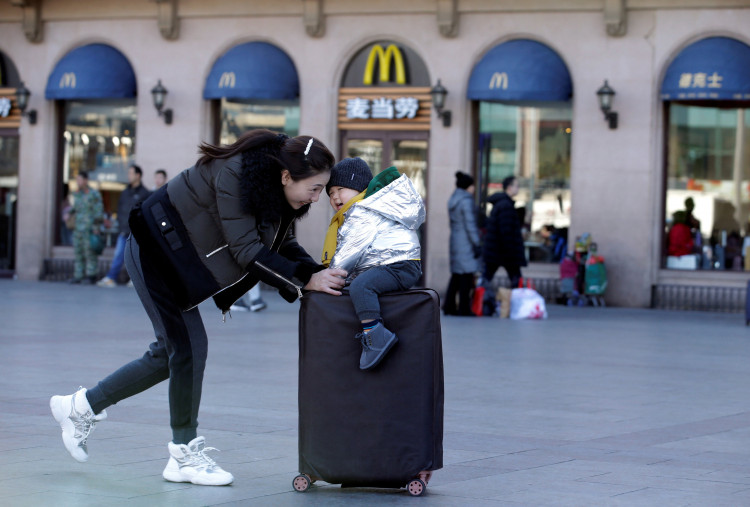China's birth rate has dropped once more and labor sect experts are concerned of how much impact this can bring to the industry.
China's National Bureau of Statistics announced that two million fewer births were recorded in 2018 than the previous year. This is the lowest point since 1949 and it has spurred talk among analysts in the labor force sect.
According to Asia Times, a leading political advisory body has cautioned of declining labor supply records. It was predicted that after 2020, China's labor supply will decline by 100 million every 15 years.
Even with the entry of foreign workers, the numbers may still not be enough to compensate the demand for labor within the country, some experts presumed.
China has significantly relaxed in its population control laws but it doesn't seem to have helped much in urging people to have more children. Many couples have stated that even if they want to have more children, their financial capabilities stop them from doing so.
Aside from fewer births, China and other Asian countries are seeing their people aging quickly. Economic growth is highly dependent on population and if the Chinese population continues to decline, it could pose serious threats to the economy in the near future.
It appears that the trend will keep up as the years pass. The "child-bearing age" dropped to 4 million in 2017, adding more worries for the financial sect. Furthermore, 17.9 percent of China's people is aged over 60, posing more demographical difficulties for the government.
The recently released data are very much contrary to Beijing's expectations of a baby boom in 2018, the South China Morning Post reported. The government expected its 2014 relaxation on birth control to have a significant effect on the population - to no avail.
Many economists have attributed the birth rate decline to low birth rates in Chinese cities that were once known to take pride in defying the "one-child" policy. For the past few years, the most fertile cities in China have shown declining birth numbers.
An example is Shandong, a town that produced 10 percent of newborns in 2017. Last year, data revealed that the birth rate in the area has declined. The same is true for Ningbo in Zhejiang, where birth rates fell by 16.98 percent in 2018.
Beijing has yet to come up with a solution to the growing problem that could largely affect China's economy growth as a whole.






